The Old Curiosity Shop
The philosophical instruments of Benjamin Pike Jr.
Peter Thomashow
All material bodies may be distributed into two classes, unorganized and organized. The descriptions of organized bodies constitutes the science of Natural History ... to Natural Philosophy belongs the inquiry into those general principals of unorganized bodies ... by the use of proper apparatus we can repeat natural phenomena under varied conditions, and, among all attendant circumstances, we can determine what are accidental, and what are essential to any given effort.
—Benjamin Silliman, First Principles of Natural Philosophy
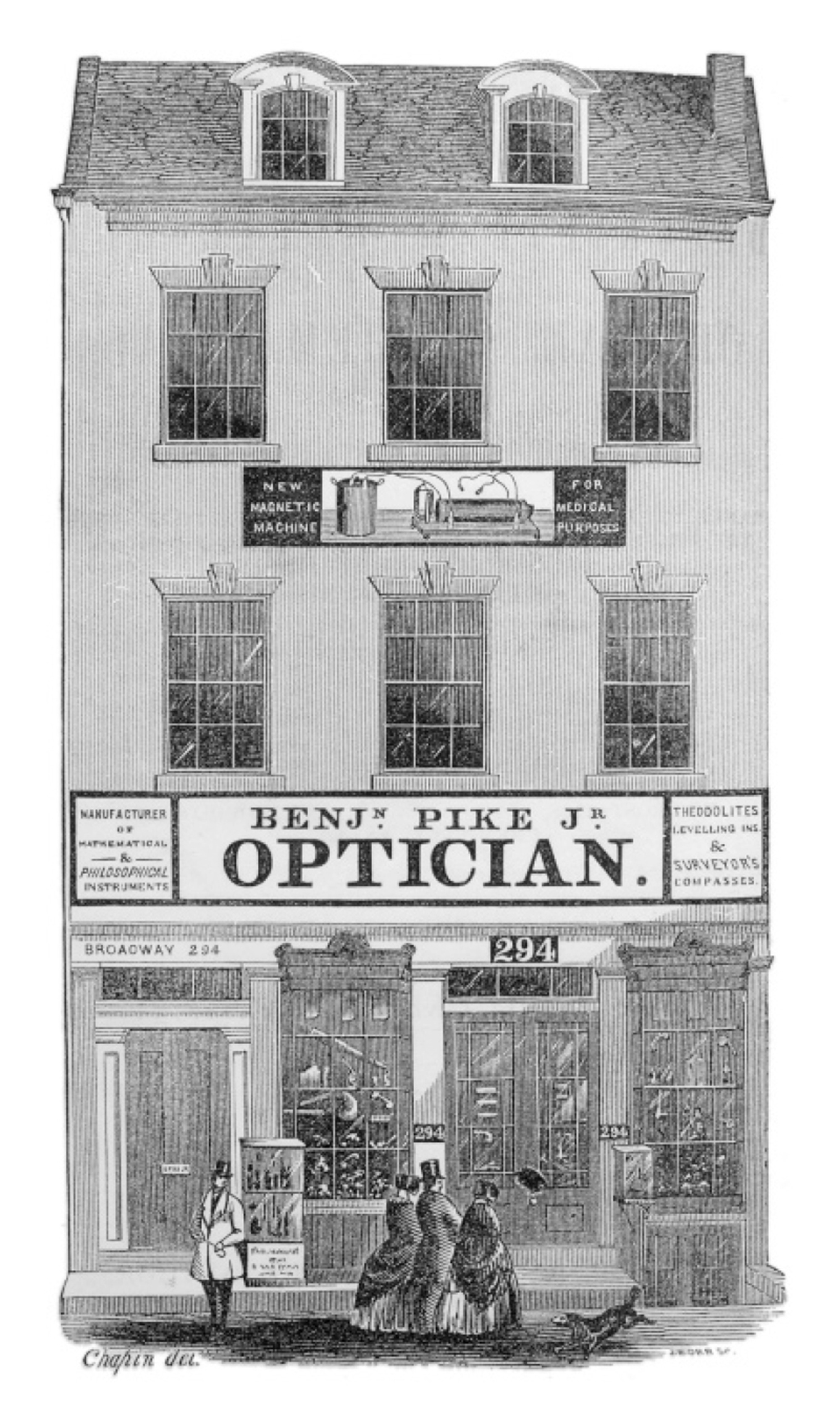
It is 1848 and it is New York City. You are strolling down Broadway and come to a shop displaying devices of wonder meant to dazzle the observer with knowledge of the latest scientific discoveries—apparatuses designed to stimulate the imagination and create a sense of discovery and curiosity for phenomena pertaining to the world of Natural Philosophy. The establishment is that of Benjamin Pike Jr.—a manufacturer and importer of mathematical and philosophical instruments.
This elegant shop is a place where science, magic, invention, and entertainment intersect. Pike is a merchant who sells a vast assortment of philosophical instruments to educators, lecturers and physicians; but also to gentlemen who may wish to amuse parlor guests. Important scientists are known to gather here to discuss their latest ideas and experiments; the proprietor can aid inventors in having their prototypes built.
You enter the shop at 294 Broadway after gazing at an impressive array of objects in the window. Beautiful carved cabinets line the walls with displays of astronomical, magnetic, galvanic, pneumatic, optical, chemical, hydrostatic, mechanical, and electrical demonstration apparatus. Models of the solar system hang from the ceiling; planetaria and telluria also sit on tables at the center of the shop. Maps hang on the walls; globes are perched on shelves; and telescopes stand on the floor. There is a section in the back with lacquered brass microscopes under glass bell-jars.
As you walk down the corridors created by these cabinets de physiques, you notice a display of electromagnetic medical devices with broadsides describing the various ailments that can be cured or relieved by their application. There is a list of local physicians on Broadway (and a few on Canal Street) who have purchased many of these award-winning devices and utilize them in their practices. Some are portable and meant for house-calls. You read that “nervous diseases, rheumatism, bronchitis, loss of voice, sprains, deafness and many other diseases” have been successfully treated using Pike’s Rotary Magnetic Machine. There is a large sign advertising this “new magnetic machine for medical purposes” hanging prominently on the front of his shop.
Pike, or one of his assistants, is available to demonstrate many of the apparatuses. Particularly fascinating is the array of new electromagnetic machines; it is most remarkable to experience how the invisible force of magnetism can make wheels rotate mysteriously or even transmit intelligence through a copper wire! Pike sells at least five of the machines recently invented by Dr. Page of Massachusetts.
At the shop, you can purchase a copy of Pike’s Catalogue of Mathematical and Philosophical Instruments. It is his greatest achievement: a compendium of over 700 pages that includes “upwards of 750 engravings, mostly original designs” spanning the world of Natural Philosophy. It is a two-dimensional version of the shop and describes almost everything he sells. One local newspaper writes, “The work is not a mere catalogue; it is a museum to which lovers of science may resort and where they may examine the various apparatus which have been contrived to illustrate and explain the phenomena of nature.”
There is an advertisement on page 284 of the second volume for a wonderful set of electrical apparatuses. It costs thirty-one dollars and fifty cents. One large electrical machine creates “fluid” that can be utilized to charge all kinds of interesting devices—sportsmen, egg stands, orreries, chimes, thunderhouses, swans, dancing figures, and luminous spiral tubes. These are but a few of the most beautiful, sparkling, and sublime electrostatic contrivances, all powered by the invisible fluid of electricity.
The next scheduled demonstration is Saturday at ten.
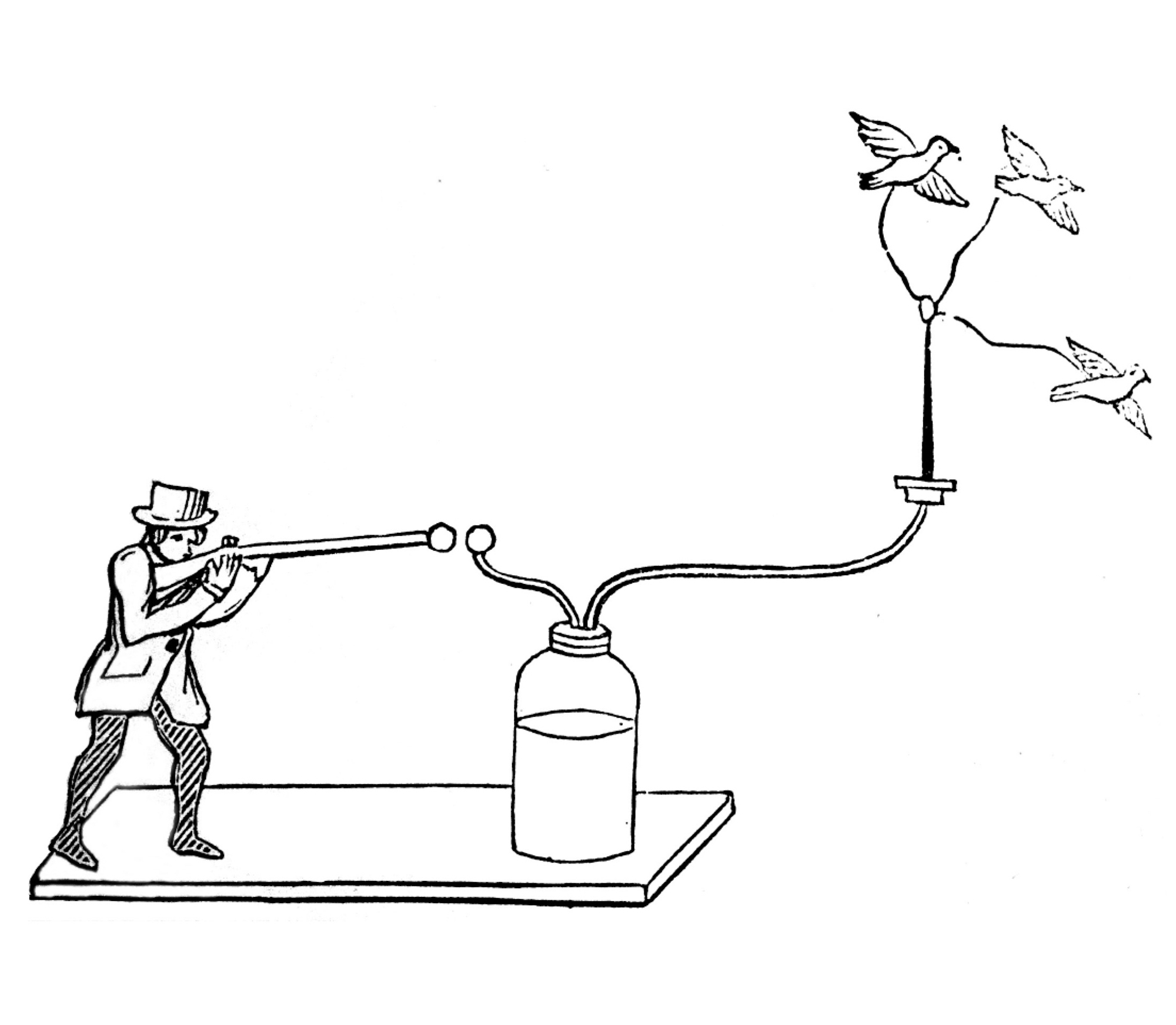
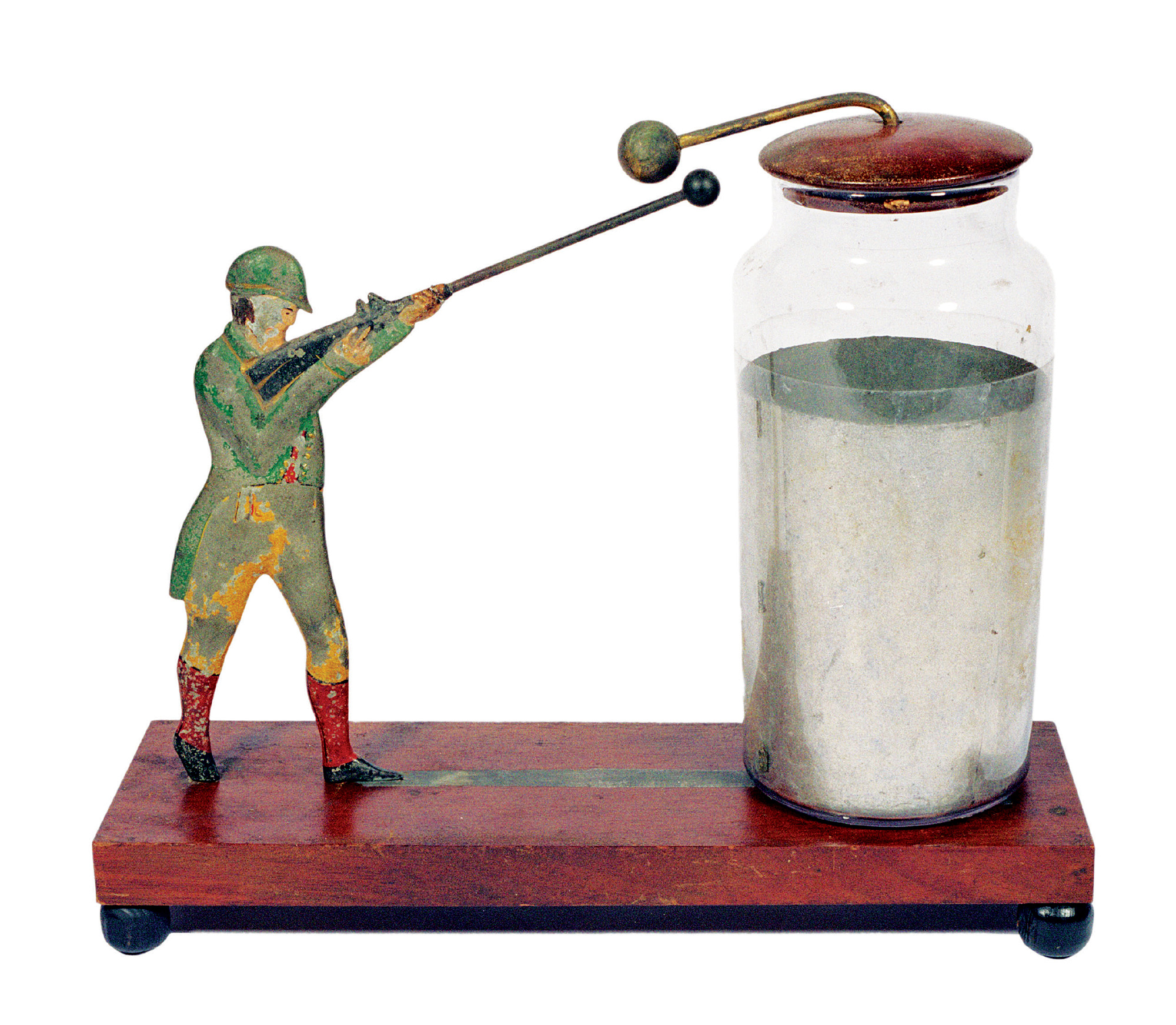
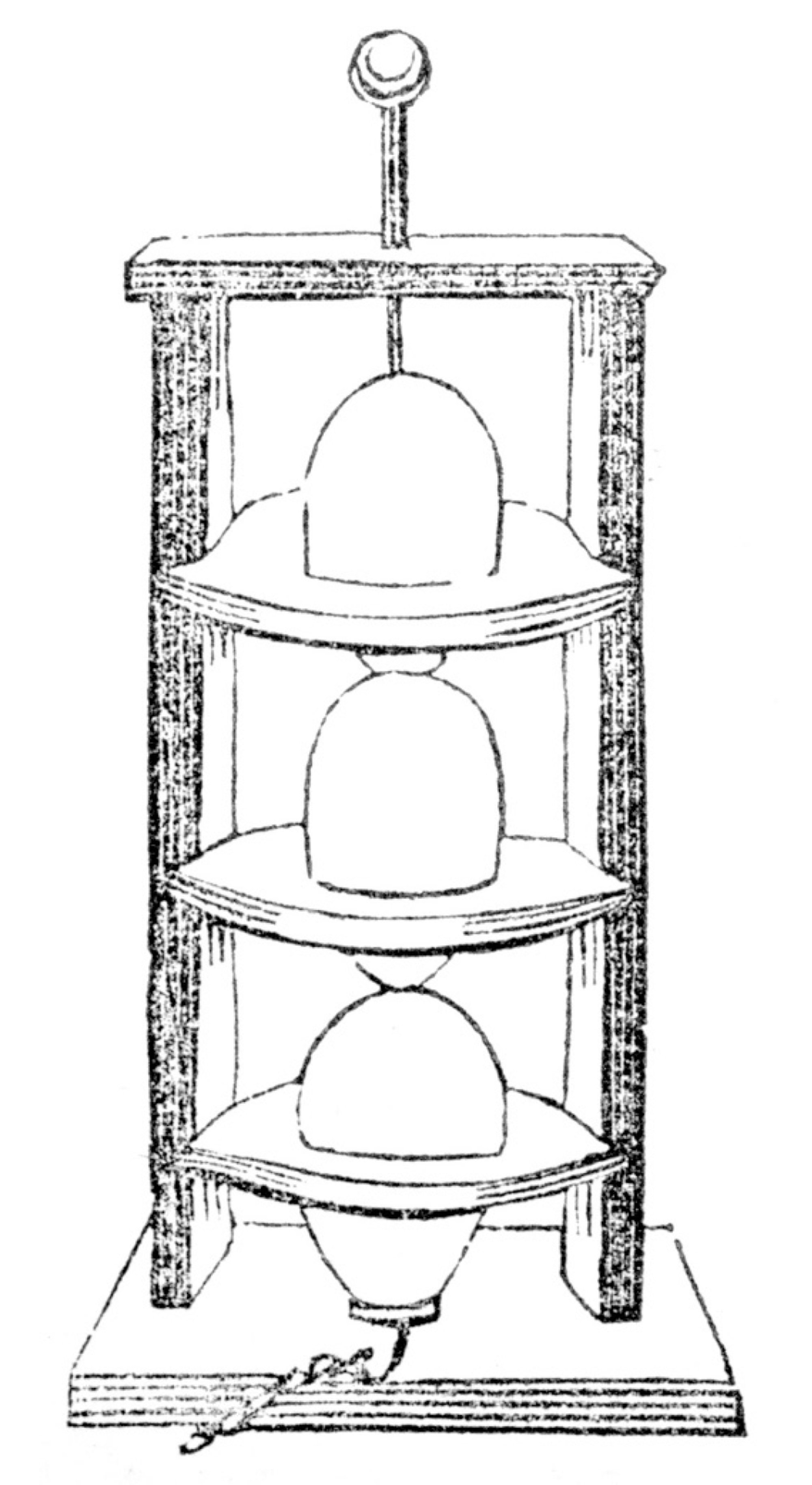
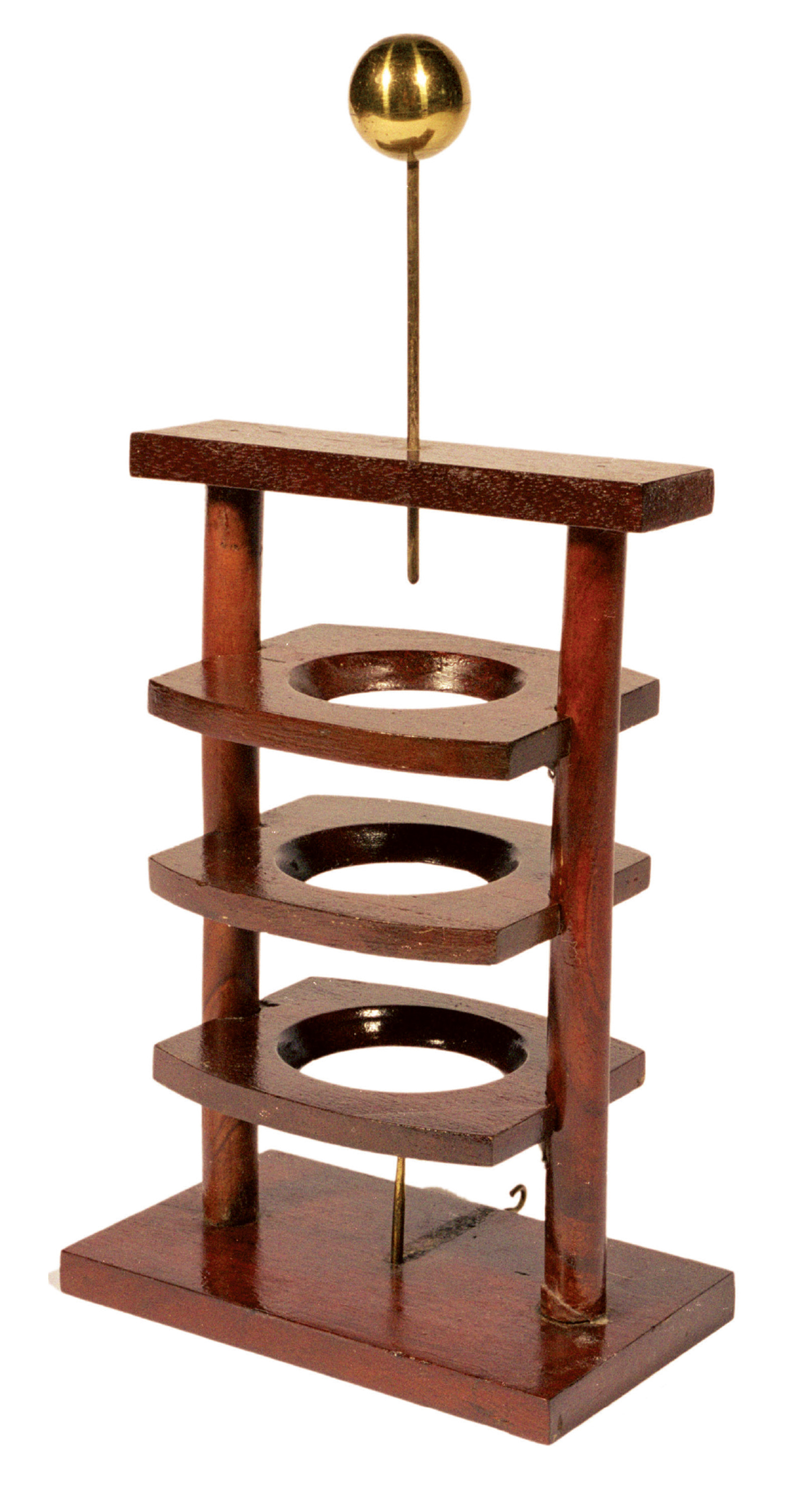
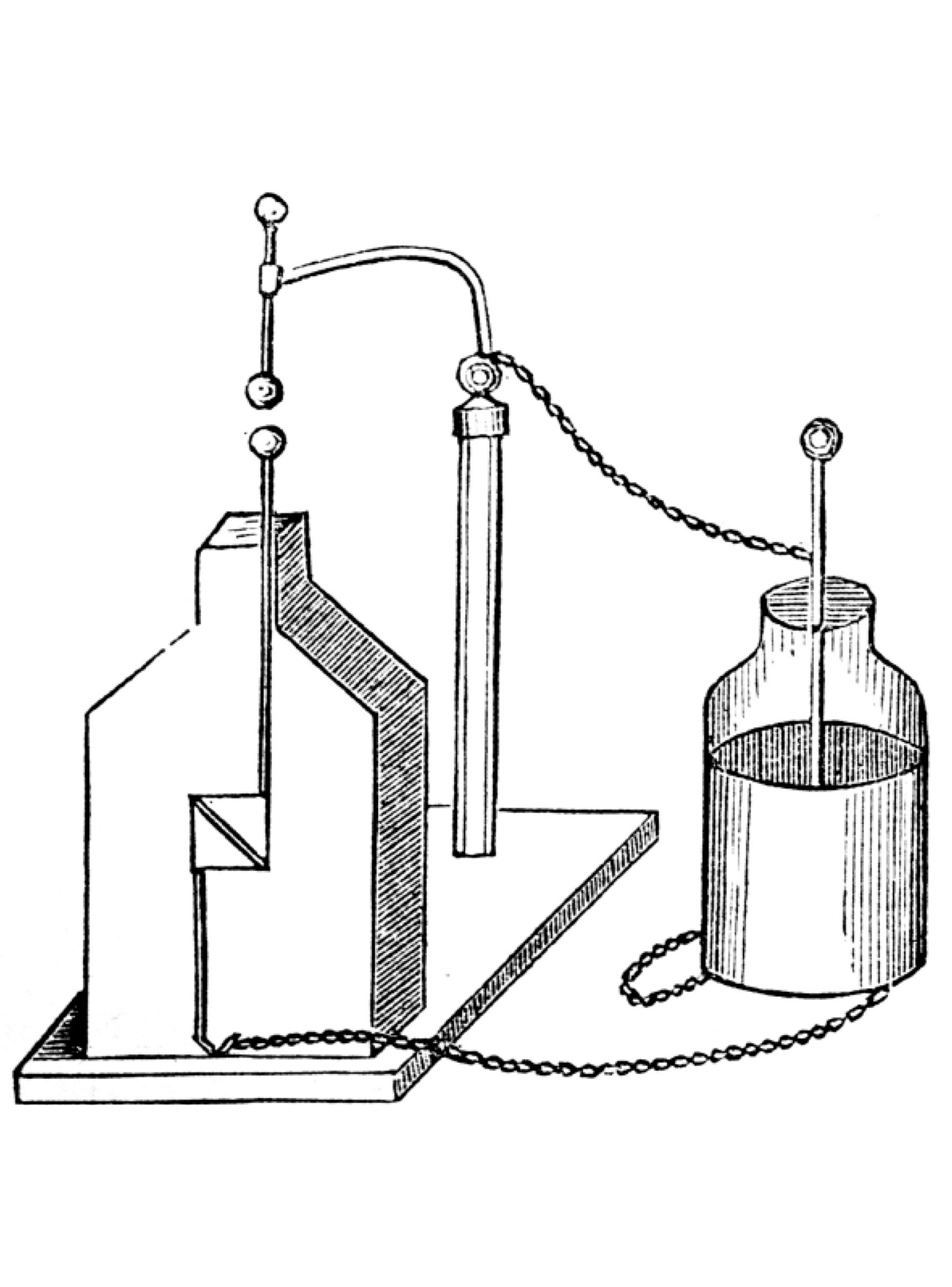
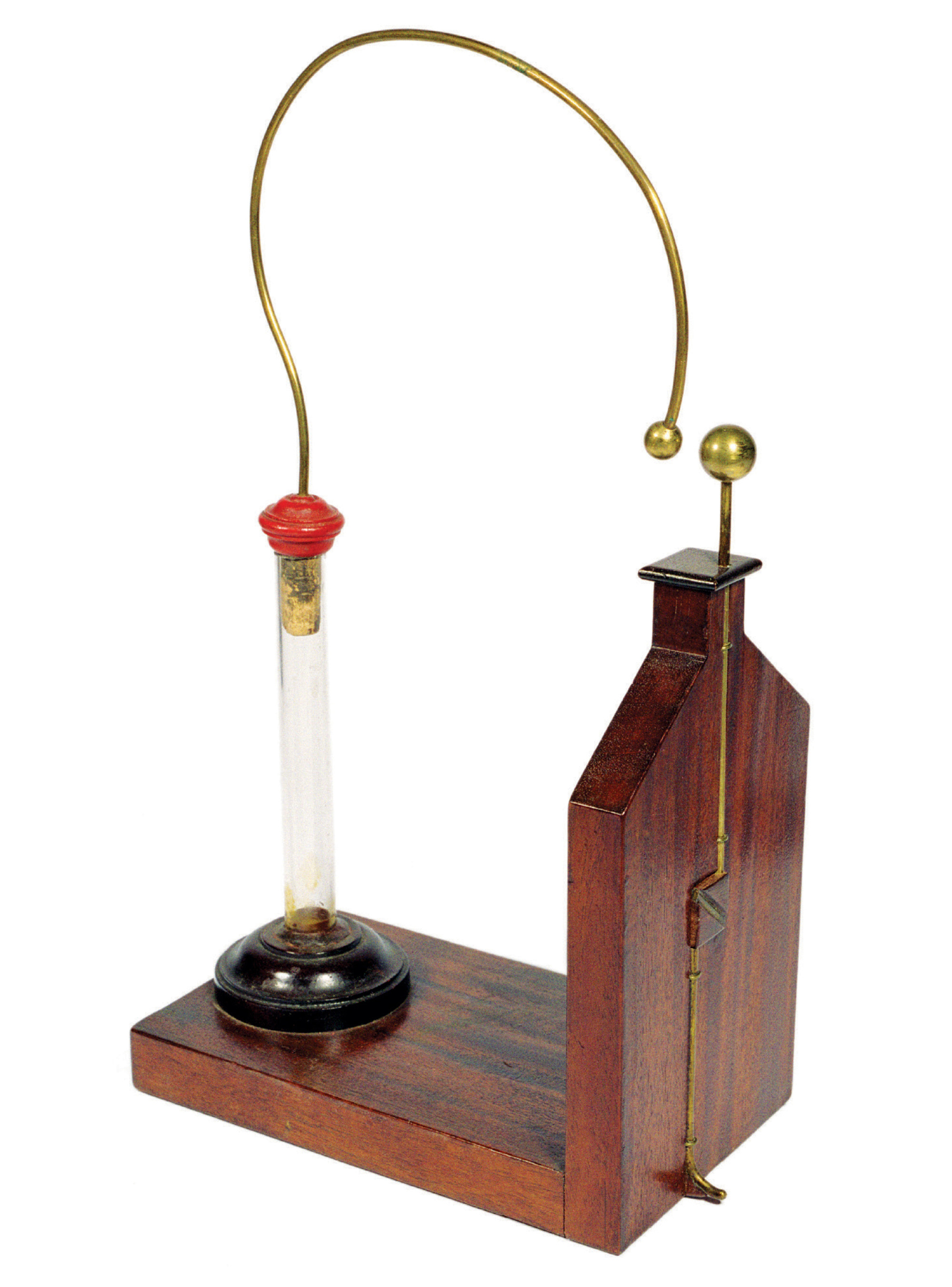
References
Benjamin Pike Jr., Pike’s Illustrated Descriptive Catalogue of Optical, Mathematical, and Philosophical Instruments, Manufactured, Imported, And Sold By The Author; With The Prices Affixed At Which They Are Offered In 1848; With Upwards of 750 Engravings, Mostly Original Designs from the Experiments of His Establishment in the Various Departments of Electricity, Galvanism, Magnetism, Electro-magnetism, Pneumatics, Hydrostatics, Mechanics, Optics, Astronomy, Surveying, Navigation, Meteorology, Chemistry, &c, &c. Designed to Aid Professors of Colleges, Teachers, and others, in the Selection and Use of Illustrative Apparatus, in every Department of Science (New York: Published and Sold by the Author, 1848).
Peter Thomashow is a physician, artist, and collector currently living in Vermont. He teaches at the Dartmouth College School of Medicine. The article on Benjamin Pike Jr. in this edition of Cabinet is from his forthcoming book on philosophical instruments and their makers. He is currently working on a series of Philosophical Amusements and Dioramas.
Spotted an error? Email us at corrections at cabinetmagazine dot org.
If you’ve enjoyed the free articles that we offer on our site, please consider subscribing to our nonprofit magazine. You get twelve online issues and unlimited access to all our archives.